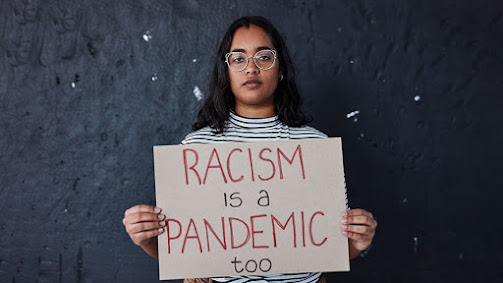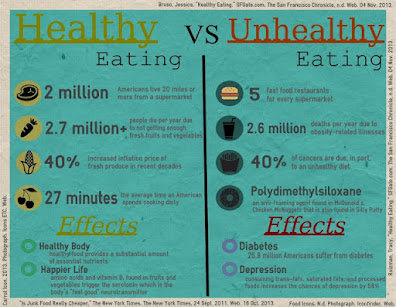Blog #5: fighting systemic racism in the English classroom
In this weeks presentation by Tyler Letkeman, he touched on the topic of racism in the education system. He spoke about how so many of the resources that we use in ELA have typically all been written by white men. It isn't a bad thing to look at sources written by Caucasian males but it is not okay to ignore all of the literature written by other demographics.
It is important to remember that it is not just ELA that has been white washed in out western styled education system. It has only been in recent history that women's contributions to science have started to be recognized as well as the contributions of other non Caucasian individuals. In social studies the history that we teach is the history that has been recorded by the colonizer. We talk about slavery being a bad thing and occasionally talk about what happened after slavery but typically we neglect to talk about all of the vibrant and divers cultures that these people came from. In every subject area there is an example of white washing and in every subject area there is an opportunity to challenge this.
There are so many great ways to start conversations with students about these issues. As teachers we can assign our students readings that will introduce them to new social issues and give them insights into why these issues are important and why they matter. An example that I can think of off the top of my head is the short story The Yellow Wallpaper. This story is not overly appropriate for a middle years classroom but in a grade 11 or 12 classroom this could be a great way to start a conversation about women's rights and how they changed through out history. This conversation can be expanded to see how women are treated in different cultures around the world. Or even how women are treated in different countries, for instance comparing the maternity leave of a mother in Canada to that of a mother in the USA.
One of my favorite examples of bringing non Caucasian resources into the classroom comes from a teacher who was just starting out in her career. When preparing her French lessons she took the time to look up all of the words they were learning in the indigenous language that many of her students were culturally connected to. She then presented the words to her class in English, French and Ojibway. She took that extra few minutes to not only acknowledge but to share and celebrate her students indigenous culture. She recognized that this was a way to get them engaged in the lesson, and create a space that was safe and supportive for their personal heritage.
There are so many great resources and new ideas being shared on how to make the classroom a more inclusive and inviting space. Teachers seem to be more aware than ever of the impact that their actions can have on society. We need to continue to teach our students to be accepting of differences, to celebrate diversity and inspire them to challenge systematic racism in society.
In my last blog post I mentioned how it is typically the voice of students who are heard the clearest when it comes to social issues. Students like Greta Thunberg and Malala are examples of this. So why not take it that one step further and empower our students to make a difference in their world?
Here is a link to a New York Times article about student activism. At the top of this article there is a video looking at the momentum that a student lead movement against gun violence has caused. The video also touches briefly on the history of student activism.


Thanks, Katrina for bringing this idea here for discussion. Your post reminds me, one of my favorite TED Talk by Chimamanda Adichie, a young Nigerian author entitled The “Danger of a Single Story”, In the twenty minute video, Adichie describes the powerful impression the multitude of British stories made on her as a young girl growing up in Nigeria. She argues that inherent in the power of stories, is a danger—the danger of only knowing one story about a group. “The single story creates stereotypes, and the problem with stereotypes is not that they are untrue, but that they are incomplete. They make one story become the only story.
ReplyDeletehttps://www.ted.com/talks/chimamanda_ngozi_adichie_the_danger_of_a_single_story?language=en